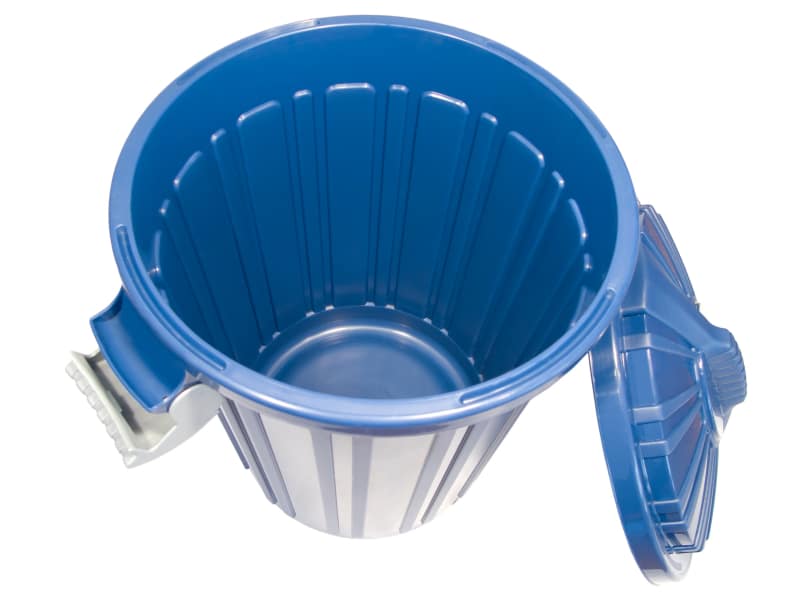
So, while it’s common at the start off the year to create your annual “to do list” or goal list, you must also create a “not to do list” of specific “garbage activities” that are hurting your sales.
Here are the top 16 “garbage activities” for your 2016 “not to do list.”
STOP….
- Changing your compensation plan mid-year. Set it and forget it. Nothing demotivates a sales team more than having their pay tampered with partway through the year.
- Arguing with me that a sales pipeline is a waste of time. You can only create success on purpose if you measure your sales opportunities.
- Being a player-coach. Manage or sell. Doing both will make you mediocre at both. Besides, the “Player coaches” that I meet all default to play, and neglect their coaching responsibilities. When you compete with your sales team, you become an ineffective leader.
- Assuming all leads will come from marketing. Regardless of whether you have a marketing department or not, the best sellers act as if they are responsible for finding all of their own leads.
- Skipping your coaching calls. Top performers, who receive 3+ hours per month of coaching achieve 107% of target on average.
- Thinking you don’t need to coach your top performers. Top performers crave attention and thrive on improvement. They also represent your greatest opportunity to move the bar forward. Coach them AND use them as coaches.
- Cutting off social media for your team. Train them on how to use it correctly first and then allow them access to all media. Buyers are demanding an Omnimedia experience. And, if you are not present on the sites they frequent, you are invisible.
- Halting your recruiting efforts because your team is full. ABR (Always Be Recruiting) is a good philosophy to live by. You never know when someone will leave, and you need to ensure you can quickly replace talent that leaves.
- Listening to research and not to your customers. The best data comes from those who are already buying from you. Market research can serve a purpose, but only your customers will give you accurate information on who will buy what and when.
- Hiring external trainers to train your team. Instead, hire a consultant to help you tap into your top performers and use them as an internal “special forces team” of specialists to train your sellers.
- Thinking that all customers should be treated equally. It pays huge dividends to segment your customers into groups that you will grow vs. those that just need servicing.
- Selling to people who are never going to buy. You know who they are. Trust your gut, and go now to cull your lead list/pipeline. Remember that every hour you spend trying to convince someone who will not be convinced is an hour you are not spending with a great prospect who is ready to buy.
- Ignoring testimonials. Recommendations from peers and the single biggest source of influence in the buying cycle. Use them to create a buying vision and set yourselves apart from the competition.
- Adhering to the status quo. You can grow faster than the market, faster than your peers, and faster than you have done n the past if you want to. But of course, to do so, you will need to challenge the status quo, leverage what is working, toss out what is not, and introduce new disruptive ideas that will bring about the change you are seeking.
- Keeping poor performers. Set them free for new opportunities and open their desk to someone who will use it to over-perform!
- Ignoring attitude. A bad apple will drag the entire team down. Attitude is difficult (if not impossible) to train. Hire for the best attitude and train on skill. Doing this will help you create an A team.
- (And a bonus one for the leap year) Accepting that your business has to endure a boom and bust cycle. Boom and bust cycles are self-inflicted, and you can create a Nonstop Sales Boom. Check out the book for lots of real life examples of how.

